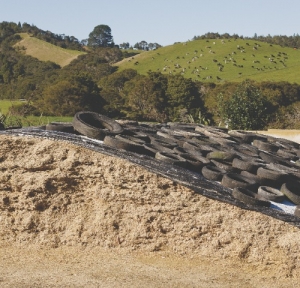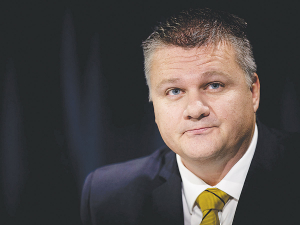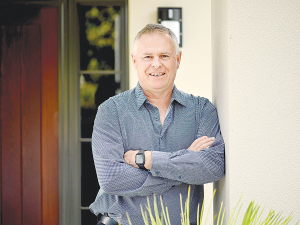The industry’s challenge is to build resilient dairy farm systems which can effectively manage variations (in climate, milk price, environmental regulations etc.) and deliver profit each season. They must also be sustainable for people, cows and the environment.
In the past 20 years, New Zealand dairy farm systems have intensified with more cows per hectare producing more milk per cow. Pasture yield potential has not kept pace with the growing demand for feed, and as a consequence farmers have become increasingly reliant on supplementary feed. In 2000-01 41% of New Zealand dairy farms were System 1 (low input, grass based) and 12% were System 4 and 5 (20% or greater supplementary feed inputs). In 2009-10 only 10% of New Zealand dairy farms were System 1 and the number of System 4 and 5 farms had risen to 22%1.
The DairyNZ Economic Survey2 holds a wealth of data about New Zealand dairy farm systems. The 2009-10 and 2010-11 owner-operator data shows high input (System 4 and 5) farms produced more milk, gave a higher per hectare operating profit and a better return on equity than low input (System 1) farms.
While the data shows high input systems were on average more profitable than low input systems in the last two seasons, a key question being asked by the dairy industry is “Are higher input systems more or less risky than low input systems?” I will address this question and discuss farming risk further in my next article.
1Greig, B. 2012. Changing NZ Dairy Farm Systems, SIDE
2DairyNZ Economic Survey 2009-10 and 2010-11
• Ian Williams is Pioneer forage specialist. This email address is being protected from spambots. You need JavaScript enabled to view it.
















